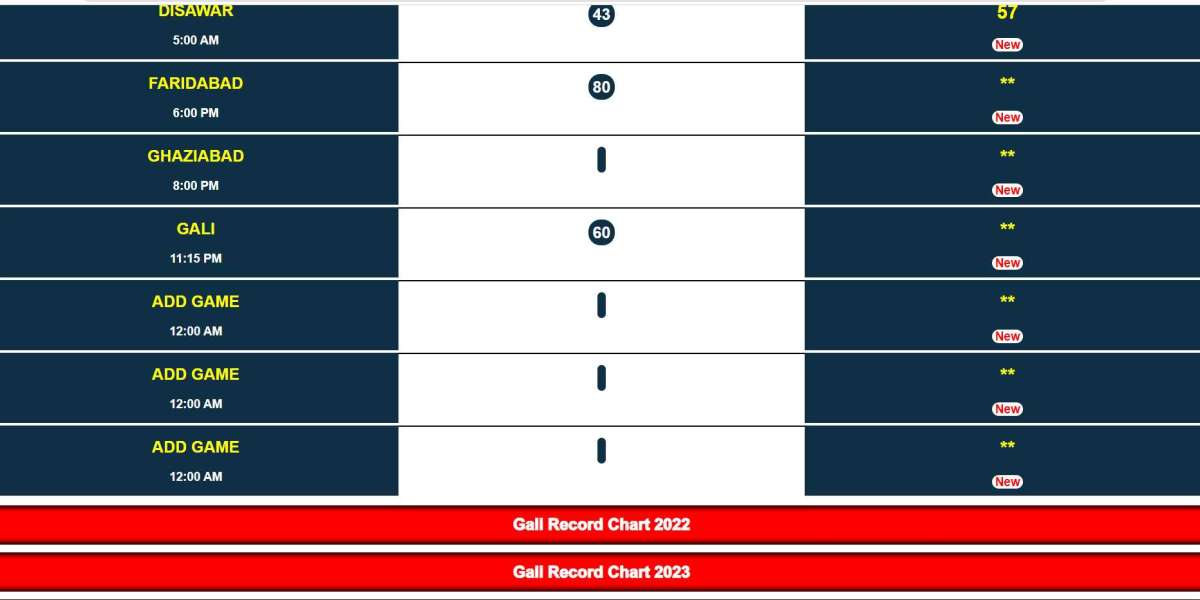The life of Prophet Muhammad (peace be upon him) is often portrayed through a narrow lens, focusing solely on his role as the Messenger of Islam. However, a comprehensive understanding of his life reveals a man who interacted with people of various faiths with respect, tolerance, and a commitment to peaceful coexistence. In this blog, we will explore the truth about Muhammad's interactions with people of other faiths and how these interactions offer valuable lessons in today's diverse world.
Truth About Muhammad's Interactions with People
A Multifaith Society in 7th Century Arabia
To understand the Truth about Islam regarding Muhammad's interactions with people of other faiths, it's essential to appreciate the diverse religious landscape of 7th century Arabia. The Arabian Peninsula was home to a multitude of tribes and communities, each with its own set of beliefs and practices. These ranged from polytheistic tribes to Christian and Jewish communities.
The Charter of Medina: A Model for Coexistence
One of the most significant historical documents highlighting Muhammad's commitment to peaceful coexistence is the Charter of Medina, also known as the Constitution of Medina. This document, established upon his arrival in Medina, served as a social contract among the various tribes and religious communities.
The Charter outlined the rights and responsibilities of all inhabitants of Medina, regardless of their faith. It recognized the Jews and other non-Muslims as equal citizens of the city, with the freedom to practice their religion and seek justice through their own legal systems.
This remarkable document set the precedent for religious tolerance and cooperation in a multifaith society. It emphasized the principle that diversity should be a source of strength and unity rather than division.
Interactions with Jews and Christians
Throughout his life, Muhammad had numerous interactions with Jewish and Christian communities. These interactions were characterized by dialogue, diplomacy, and respect for the religious beliefs of others.
The Constitution of Medina: As mentioned earlier, Muhammad's establishment of the Constitution of Medina was a landmark moment in interfaith relations. It codified the rights of Jewish and other non-Muslim communities to practice their faith freely.
Delegations and Diplomacy: Muhammad engaged in diplomatic efforts with various tribes and communities. He received Christian and Jewish delegations, engaging in dialogue and addressing their concerns. These interactions were marked by respect for religious differences and a commitment to peaceful resolutions.
The Treaty of Najran: The Treaty of Najran is another testament to Muhammad's interactions with Christians. It granted Christians the freedom to practice their faith and maintain their places of worship. It also outlined the rights and protections afforded to Christian communities.
Religious Tolerance and Pluralism
Muhammad's interactions with people of other faiths exemplify the principles of religious tolerance and pluralism. He recognized the importance of diversity and sought to build bridges of understanding among different religious communities. His actions and teachings underscored the Quranic message of "There is no compulsion in religion" (Quran 2:256), emphasizing that faith should be a matter of personal choice and conviction.
Lessons for Today
The truth about Muhammad's interactions with people of other faiths offers valuable lessons for today's world, characterized by religious and cultural diversity:
Respect for Differences: Muhammad's example teaches us the importance of respecting and valuing the beliefs and practices of people from different faith backgrounds. Tolerance and respect for diversity are essential for peaceful coexistence.
Interfaith Dialogue: Engaging in dialogue and building bridges of understanding among people of different faiths can help dispel misconceptions and foster cooperation. It allows for the exchange of ideas and the promotion of shared values.
Legal and Moral Equality: Recognizing the legal and moral equality of all individuals, regardless of their faith, is a fundamental principle of a just society. Upholding the rights of religious minorities and ensuring their freedom to practice their faith is a sign of a healthy and inclusive society.
Building Peaceful Communities: Muhammad's approach to interactions with people of other faiths highlights the importance of building peaceful and cohesive communities. Embracing diversity and working together for the common good can lead to stronger and more harmonious societies.
Conclusion
In conclusion, the truth about Muhammad interactions with people of other faiths reveals a man who advocated for peaceful coexistence, religious tolerance, and the importance of respecting differences. His example serves as a timeless model for building bridges of understanding and cooperation among people of diverse backgrounds, offering valuable lessons for our interconnected world today.








